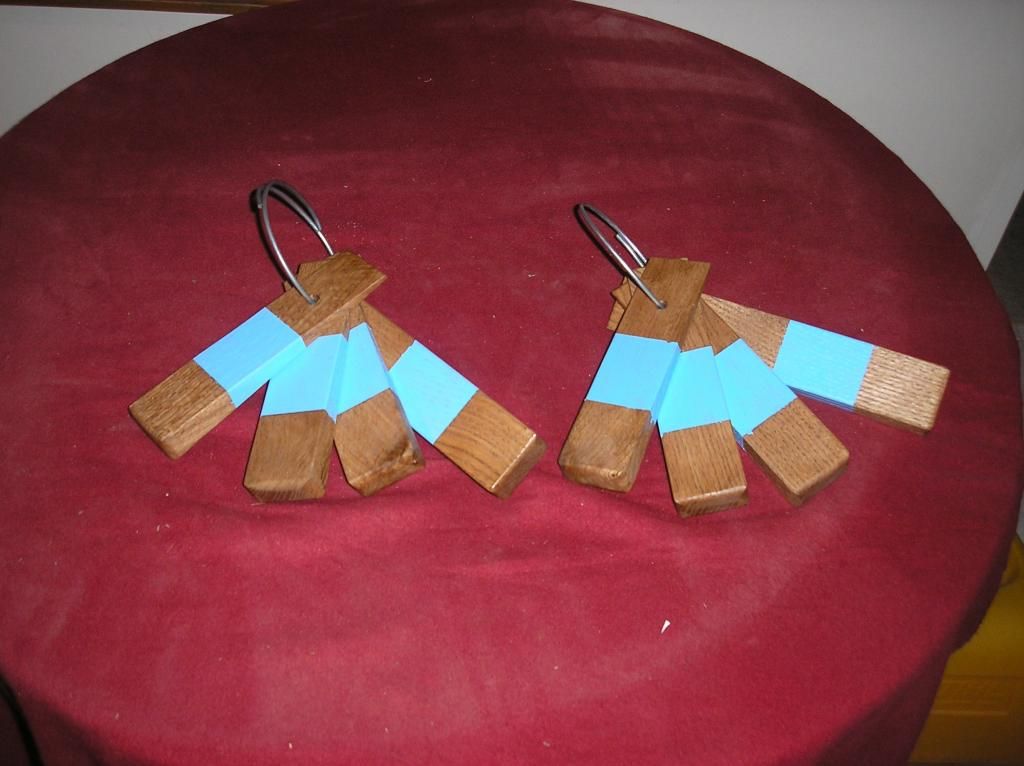Hey Hu,
I was taught fallin' by and old logger on the west coast. He was adamant and without finding the old book of Douglas Dent's, so was Dent on stump shot...the rule on stump shot was at least 3-4inches. You could have more on large trees, you just lose scale. The height of the stump shot counteracts(with the hinge wood), the tendency of the tree butt to sometimes kick back at you as it's going down. No downside...just some scale loss versus your life. I'm not letting any wood's boss tell me to cut lower because he's losing scale...it's about saving my ass.
So using the Modified Hombodlt, my favortie...your first cut about a third of the way in, depending on rot or frozen wood. Then my angled face cut is around 60 degrees..wedge chunk falls to the ground and pushed out of the way. Always clean your face cut up AFTER you get the wedge chunk out if your lines didn't meet up perfectly...don't ever do multiple cuts with the wedge chunk still in place. This is also a good time to recheck your fallin' angle. Backcut after scribing both sides with a lumber crayon, is at least three-four inches above the first cut. Always at least palm a wedge in as soon as it fits. Wedging and use of a tree jack is a discussion for another day.
You'll be thrown off most jobs I worked if you're trying a conventional or 'split the difference'(open face scarf cut) cut. It's a very safe cut for a novice though. But given most jobs on the west coast require Humboldt style cuts, I went with the modified which by its very nature lets the tree almost go all the way down before the face cut closes. That's the problem with conventional and Humboldt cuts.....depending on how much negative lean, the face can close way before the tree is completely down...increasing the chance of barber chair and the butt launching back at you.
Kevin


























































